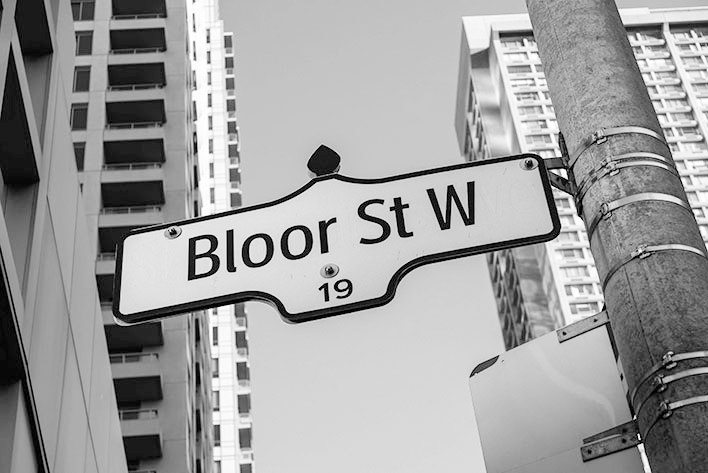Are You Having Difficulty With The ‘L’ Sound?
Written by: Anna Pasternak / Lisp & Articulation / January 06, 2020 / 8 minutes read
Here at the clinic we have a lot of adults coming to us wanting to work on improving their accent. Often I have a lot of clients telling me that they are having difficulties with the ‘L’ sound. So why is it so hard to say the ‘L’ in words in English such as ‘ball’, when you already have this sound in your language as well?
The reason is because there are differences in how we pronounce the ‘L’ sound in English. There are actually two different ‘L’ sounds in English called the light ‘L’ and the dark ‘L’. The light ‘L’ is produced at the beginning of words like in ‘lion or leaf’, and the dark ‘L’ is produced at the end of words like in ‘ball and full’. The light ‘L’ should also be used when the ‘L’ sound comes at the beginning of a syllable such as ‘de-li-cate’. Its transcription is /l/ . The dark ‘L’ sound should be used when the ‘L’ comes at the end of a syllable such as ‘doll-house’ and it is transcribed as /ɫ/.
Light 'L'
The Light ‘L’
The light ‘L’ is often easier for people to pronounce as all it requires is the tongue tip to touch up to the alveolar ridge, and allow the airflow to be pushed out the sides of the tongue. The back of the tongue is lowered and the sound is produced closer to the front of the mouth. This is the type of ‘L’ sound that most people are used to as it appears in many languages.
There are actually two different ‘L’ sounds in English called the light ‘L’ and the dark ‘L’. The light ‘L’ is produced at the beginning of words like in ‘lion or leaf’, and the dark ‘L’ is produced at the end of words like in ‘ball and full’.
Dark 'L'
The Dark ‘L’
The Dark ‘L’ on the other hand also has the tip of the tongue touching the alveolar ridge but the difference is that the back of the tongue also comes up to touch the soft palate in the back of the mouth. Sounds produced in the back of the mouth are called velar sounds such as ‘k’ and ‘g’. The airflow is also lateral and comes out along the sides of the tongue. The back of the tongue comes to the velar position approximately, such as in high back vowels. Tension can be felt at the back of the throat when this sound is produced correctly. There it feels as if it is produced more in the back of the mouth as opposed to the front like for the light L.
How to pronounce dark L
Many people are not aware that there are two different L sounds in English and often produce the dark L sound as a light L. When I first introduce the differences in both L sounds, people often tell me that they were not aware that there were two different ways of saying L, which explains the difficulties they may be having with this sound. An easy way of trying to get the odd ‘u’ shape with your tongue for the dark L, we need the tip of the tongue and the back of the tongue to come up. When we hold a W sound, the back of the tongue also slightly rises toward the back of the soft palate. An easy way to get a dark L is to say the ‘w’ sound while rising the tip of the tongue up and un-rounding the lips. Some people may also find it easier to produce the dark L by adding an ‘uh’ following the end of the word such as ‘balluh’ to help the back of the tongue raise up and make it easier for dark L production.
Dark L. (n.d.). Retrieved December 15, 2020, from https://home.cc.umanitoba.ca/~krussll/phonetics/narrower/dark-l.html
Quick Guide to the Light and Dark L Sound Pronunciations. (n.d.). Retrieved December 15, 2020, from https://sandiegovoiceandaccent.com/videos/how-to-pronounce-the-l-sound-light-l-vs-dark-l
To speak with one of the speech-language pathologists at Well Said: Toronto Speech Therapy, schedule an initial consultation by clicking the link below or calling (647) 795-5277.









